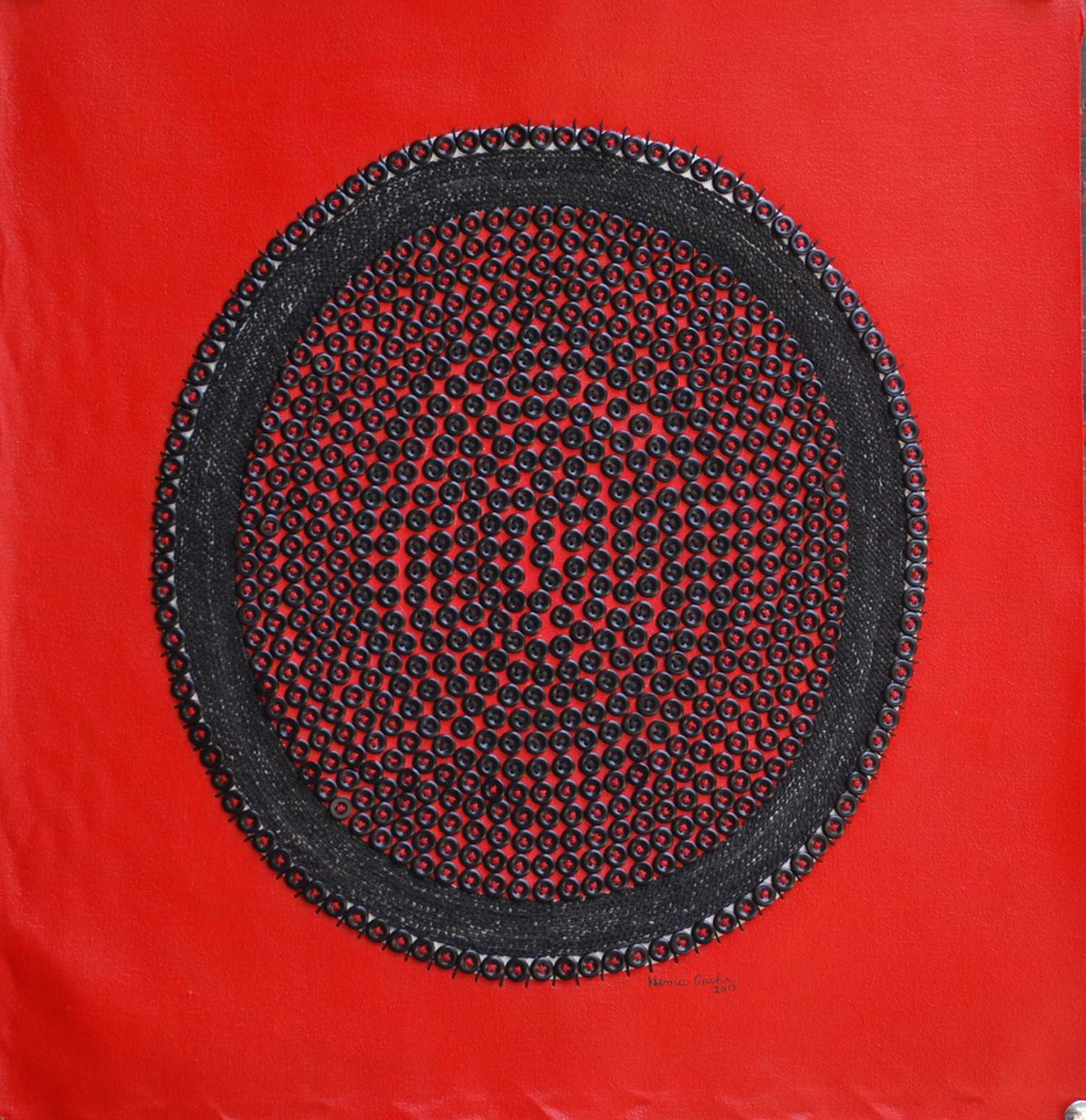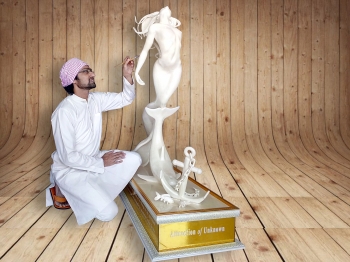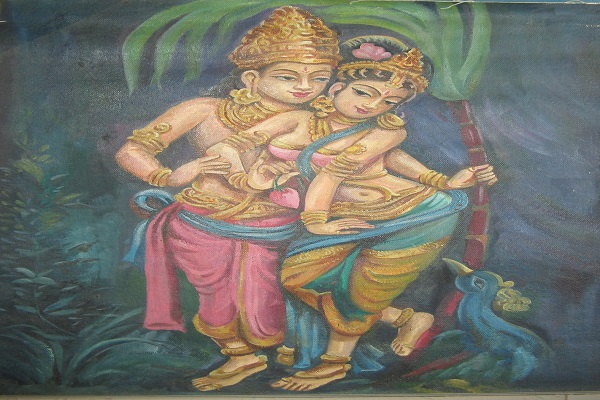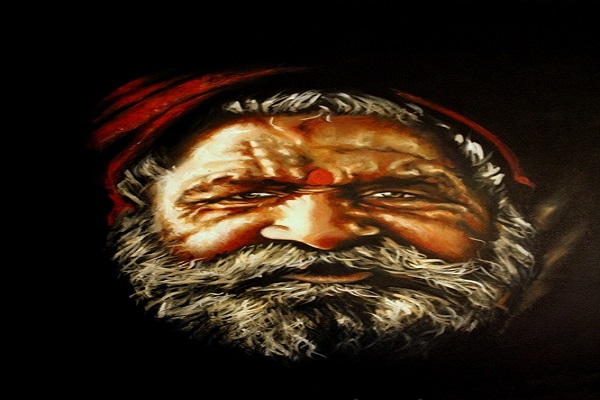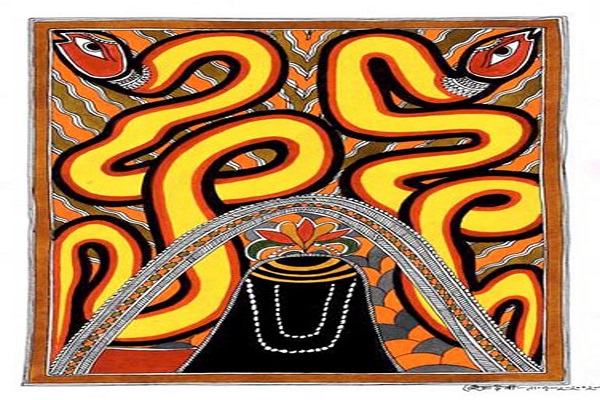
In an era dominated by digital technology and virtual experiences, it may come as a surprise that traditional painting is experiencing a remarkable resurgence. As the world becomes increasingly digital, the allure of traditional art forms such as painting has captivated artists and art enthusiasts alike. This article explores the renewed interest in traditional painting and its enduring appeal in the digital age.
Traditional painting refers to the practice of creating visual art using various mediums, such as oils, acrylics, watercolors, and tempera, applied to a surface like canvas, wood, or paper. It has a rich history that dates back thousands of years, with evidence of cave paintings found in ancient civilizations. Over time, different cultures developed unique painting styles and techniques, resulting in a diverse range of artistic expressions.
Throughout history, traditional painting has played a pivotal role in depicting the human experience, capturing historical events, expressing emotions, and exploring the beauty of the natural world. It has been an integral part of artistic movements, from the Renaissance masters like Leonardo da Vinci and Michelangelo to the Impressionists like Claude Monet and Edgar Degas.
The advent of digital technology has revolutionized various industries, and the art world is no exception. Digital tools and software have opened up new possibilities for artists, allowing them to explore innovative techniques, experiment with different styles, and reach wider audiences. Digital art forms, such as computer-generated imagery (CGI), digital painting, and 3D modeling, have gained prominence in recent years.
However, amidst this digital revolution, traditional paintings have found a place of prominence once again. The allure of traditional painting lies in its tangible and tactile nature. The physical act of applying paint to a surface, the texture of brushstrokes, and the blending of colors offer a sensory experience that digital art cannot replicate. Traditional painting allows artists to connect with their materials and create unique, one-of-a-kind pieces.
Moreover, in a world inundated with digital images and screens, there is a growing appreciation for the authenticity and craftsmanship found in traditional painting. The imperfections, subtleties, and human touch conveyed through traditional mediums evoke a sense of nostalgia and emotional resonance. Pencil sketch art, a popular subset of traditional painting, embodies this sentiment, capturing the essence of a subject with simplicity and elegance.
The resurgence of traditional painting in the digital age can also be attributed to a desire for balance and a return to tradition. While digital art offers speed, convenience, and endless possibilities, many artists and art enthusiasts seek solace in the slow, deliberate process of traditional painting. It allows for introspection, patience, and a deeper connection with the art form itself.
Interesting Blog: Rediscovering the Indian Traditional Art Paintings
The Rise of Digital Art
The art world has witnessed a significant rise in the popularity of digital art in recent years. As technology continues to advance, digital art has emerged as a prominent medium for artistic expression. This section delves into the factors contributing to the rise of digital art and explores its advantages and limitations.
Exploring the Popularity of Digital Art in Recent Years
- Accessibility: Digital art has become increasingly accessible to artists and audiences alike. The widespread availability of digital tools, such as graphic tablets, digital painting software, and mobile applications, has democratized the creation and consumption of art. Artists no longer require expensive materials or dedicated studio spaces, making digital art more inclusive and convenient.
- Versatility and Experimentation: Digital art offers immense versatility, allowing artists to explore diverse styles, techniques, and visual effects. The digital medium enables the blending of various artistic disciplines, incorporating elements of painting, drawing, photography, and even sculpture. Artists can experiment with layers, textures, and digital brushes to achieve unique and imaginative outcomes.
- Interactivity and Engagement: Digital art often encompasses interactive and multimedia elements, fostering greater engagement with the audience. Through installations, projections, virtual reality (VR), and augmented reality (AR), artists can create immersive experiences that go beyond traditional static artworks. This interactivity enhances the viewer's participation and emotional connection with the artwork.
- Global Reach and Digital Platforms: The rise of digital platforms and social media has provided artists with unprecedented opportunities to showcase and promote their work on a global scale. Artists can easily share their creations online, reaching a vast audience, receiving feedback, and connecting with other artists, collectors, and enthusiasts from all corners of the world.
Advantages of Digital Art
Undo and Iteration: Digital art offers the advantage of easy correction and experimentation. Artists can undo brushstrokes, adjust colors, and refine details with precision, allowing for continuous exploration and refinement of their artistic vision.
Efficiency and Workflow: Digital art streamlines the creative process, enabling artists to work faster and more efficiently. Tools like layers, filters, and transformation options simplify tasks that would be time-consuming in traditional mediums. Additionally, digital files are easily editable, shareable, and can be reproduced without quality degradation.
Sustainability: Digital art reduces the need for physical materials, making it a more sustainable option. It eliminates the production of waste associated with traditional art supplies and reduces the environmental impact.
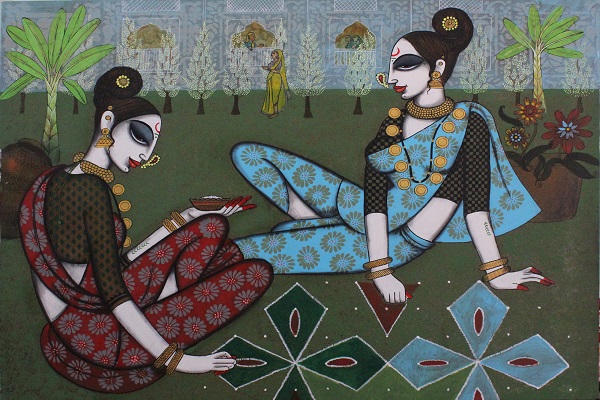
Also Check: The Traditional Indian Art from Kolkata: Kalighat Paintings
The Allure of Traditional Painting
In the midst of the digital age, traditional painting continues to captivate artists and art enthusiasts with its unique qualities and timeless charm. The allure of traditional painting lies in its ability to evoke emotions and engage the senses through its tactile nature. This section explores the distinct qualities and emotional aspects that make traditional painting so appealing.
Appreciating the Unique Qualities of Traditional Painting
Tangible and Tactile Experience: Traditional painting offers a physical and sensory connection between the artist and the artwork. The act of applying paint to a surface, whether it's the smooth strokes of oil paint or the delicate touch of watercolors, provides a tactile experience that engages both the artist and the viewer. The texture, depth, and brushwork in traditional paintings create a tangible presence that digital art often struggles to replicate.
Authenticity and Craftsmanship: Traditional painting embodies the authenticity and craftsmanship that has been revered for centuries. The artist's hand, skill, and dedication are evident in every brushstroke and colour choice. The imperfections and subtleties that arise from the human touch add depth and character to the artwork, making each piece truly unique.
Timeless Aesthetics: Traditional painting techniques have stood the test of time and continue to evoke a sense of timelessness. The mastery of light and shadow, the use of composition and colour theory, and the ability to capture the essence of a subject in a traditional painting create a sense of enduring beauty that resonates with viewers across generations.
Emotional and Tactile Aspects of Traditional Art
Emotional Resonance: Traditional paintings often evoke a deep emotional response from viewers. The skillful portrayal of human emotions, the use of symbolism, and the artist's ability to convey a narrative through visual elements can elicit a range of feelings and introspection. The connection between the artist's emotions and the physicality of the painting allows for a profound exchange of sentiments between the creator and the viewer.
Sense of Nostalgia: Traditional painting carries a sense of nostalgia, harkening back to a time when art was primarily created by hand. In a world inundated with digital images, the authenticity and tradition of traditional painting provide a refreshing and sentimental experience. Viewing a traditional artwork can transport viewers to a different era or evoke memories, evoking a deep sense of nostalgia and connection with the past.
Intimate Engagement: Traditional paintings invite viewers to engage intimately with the artwork. The textured surfaces, brushwork variations, and layers of paint create visual and tactile depth, encouraging viewers to explore the piece from different angles and distances. The physical presence of a traditional painting can command attention and draw viewers into a personal and contemplative experience.
Traditional Painting in the Digital Age
While digital technology has made a profound impact on the art world, traditional painting techniques have experienced a resurgence in contemporary art. Artists, recognizing the unique qualities and emotional resonance of traditional painting, are embracing these methods alongside digital tools. This section explores the intersection of traditional painting and the digital age, highlighting the artists who combine the two mediums to create compelling artworks.
The Resurgence of Traditional Painting Techniques in Contemporary Art
In an era dominated by digital art forms, traditional painting techniques have re-emerged as a means of artistic expression and exploration. Artists are drawn to the authenticity, tactile experience, and timeless aesthetic offered by traditional mediums. Techniques such as oil painting, watercolors, acrylics, and pencil sketch art have seen a resurgence as artists seek to convey their visions using traditional tools and methods.
Traditional painting techniques provide artists with a sense of craftsmanship and artistic integrity. The deliberate, hands-on approach allows for a deep connection with the materials and a more intimate understanding of the creative process. Additionally, traditional techniques offer a range of visual possibilities, from the rich textures and layering in oil paintings to the transparent washes and delicate details in watercolors.
Artists Embracing Traditional Methods Alongside Digital Tools
In the digital age, many artists have found a harmonious balance between traditional painting techniques and digital tools. They combine the tactile and emotional aspects of traditional painting with the advantages offered by digital technology, creating innovative and captivating artworks.
- Digital Sketching and Reference: Artists often use digital tools to create preliminary sketches, explore compositions, and experiment with different ideas before transitioning to traditional painting. Digital sketching allows for quick iterations, easy modifications, and the ability to work in layers. Artists can also use digital references, such as photographs, to inform their traditional painting process.
- Digital Painting and Mixed Media: Some artists incorporate digital painting techniques into their traditional artworks. They may begin with a traditional base layer, such as an acrylic or oil underpainting, and then enhance it using digital tools. This integration allows for greater flexibility, experimentation, and the ability to achieve effects that might be challenging with traditional methods alone.
- Hybrid Approaches: Many artists explore a hybrid approach that combines traditional and digital elements in the same artwork. They may create a traditional painting and then enhance it digitally, adding digital effects, textures, or layers. This fusion of traditional and digital techniques creates a unique visual language that blurs the boundaries between the two mediums.
The integration of traditional painting techniques with digital tools allows artists to push the boundaries of their creativity, expand their artistic repertoire, and reach new audiences. It offers a bridge between the tactile, emotional qualities of traditional painting and the speed, versatility, and experimentation facilitated by digital technology.
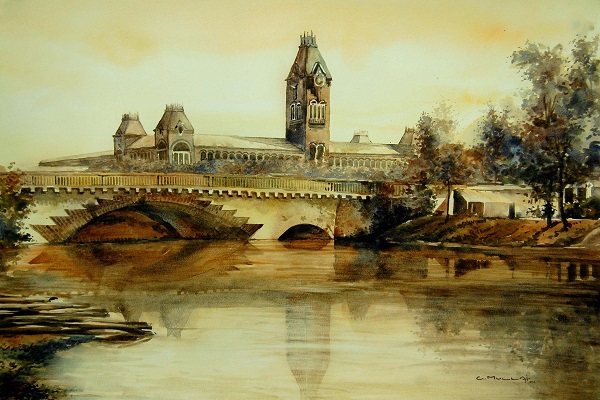
Read More: Time Travel with Traditional Indian Art
Conclusion
In the digital age, where technology reigns supreme, the enduring value of traditional painting shines through. The resurgence of traditional painting techniques, including the beloved pencil sketch art, is a testament to the timeless allure of this medium. While digital art has its merits and has revolutionized the art world, traditional painting continues to captivate artists and art enthusiasts alike, offering a unique sensory experience and emotional resonance.
Traditional painting embodies authenticity, craftsmanship, and a tangible connection between the artist and the artwork. The tactile nature of traditional mediums, the brushstrokes, and the texture evoke a sense of intimacy and evoke emotions in viewers. In a world overwhelmed by digital imagery, the tangible presence of traditional paintings holds a special place, offering a respite and a reminder of the artistic heritage that has shaped our cultural landscape.
However, it is important to note that the coexistence of traditional and digital art is not a competition but rather a harmonious synergy. Artists are embracing both traditional techniques and digital tools to explore new artistic possibilities. The integration of digital technology allows for greater experimentation, efficiency, and collaboration. Artists can use digital platforms to showcase their traditional paintings, connect with a global audience, and even find platforms like IndianArtIdeas.in to promote their work and reach art enthusiasts from around the world.
The digital age has expanded artistic horizons, offering new avenues for creativity and expression. Artists are now blending traditional and digital techniques, creating hybrid artworks that transcend boundaries. The combination of traditional painting and digital art forms generates a dynamic dialogue, fostering innovation and pushing the boundaries of artistic conventions.
As we reflect on the value of traditional painting in the digital age, it becomes clear that both traditional and digital art have their unique places and contributions. The enduring charm of traditional painting lies in its tangible, emotional qualities, while digital art offers speed, versatility, and interactivity. The synergy between the two realms allows artists to explore the best of both worlds, resulting in a rich and diverse artistic landscape.
So, let us celebrate the resurgence of traditional painting, including the captivating pencil sketch art, and appreciate the coexistence and synergy between traditional and digital art forms. Together, they enrich our visual culture, ignite our imagination, and provide a profound artistic experience that resonates with us in the ever-evolving digital age.
And for those seeking to explore and support traditional and contemporary art, platforms like IndianArtIdeas.in provide a valuable space to discover talented artists, appreciate their creations, and even acquire unique pieces. Through platforms like these, we can foster a deeper connection with art and contribute to the thriving art ecosystem.
In this digital age, let us embrace the beauty and significance of traditional painting while embracing the opportunities and advancements offered by digital technology, for together they weave a tapestry of artistic expression that will continue to inspire and captivate us for generations to come.














